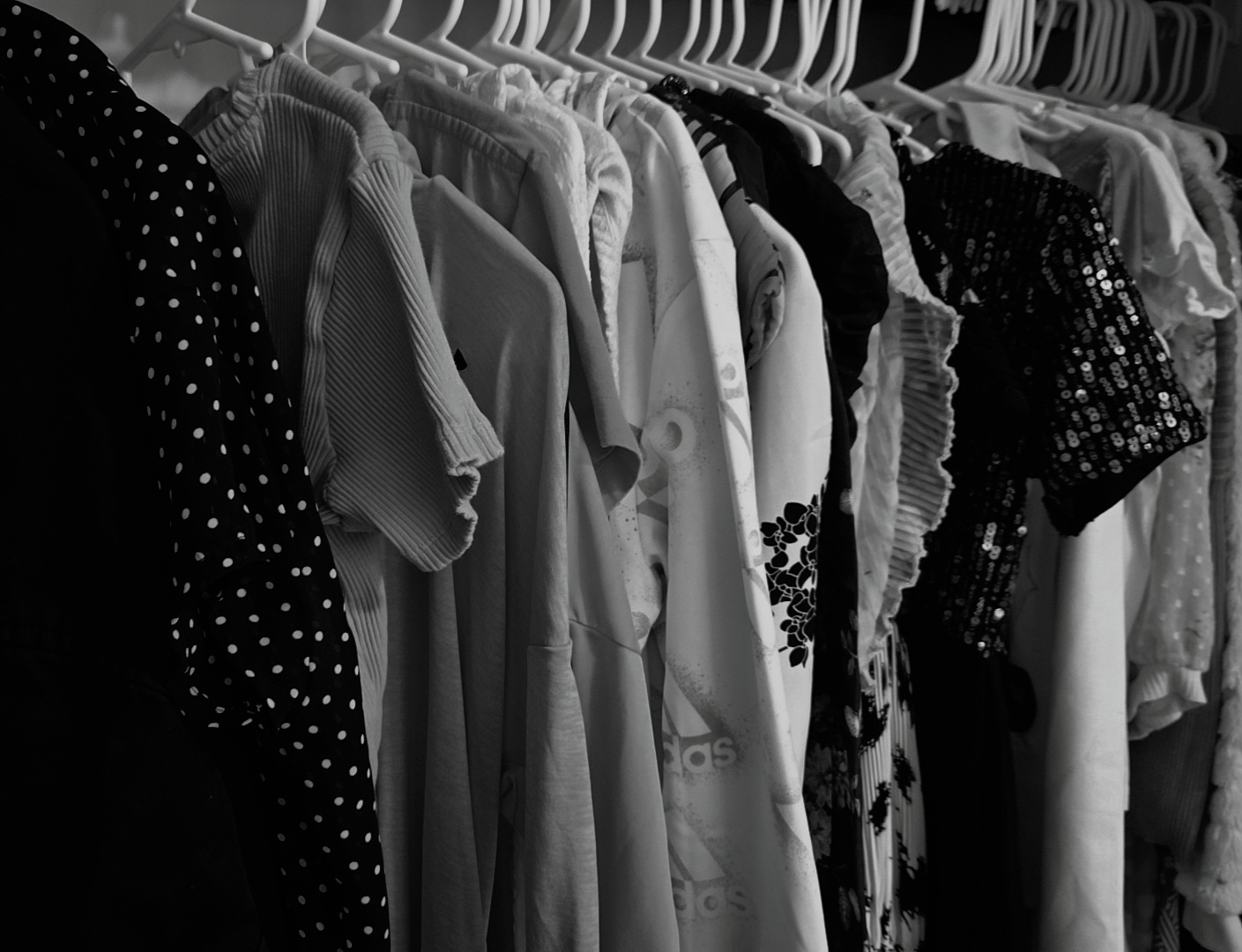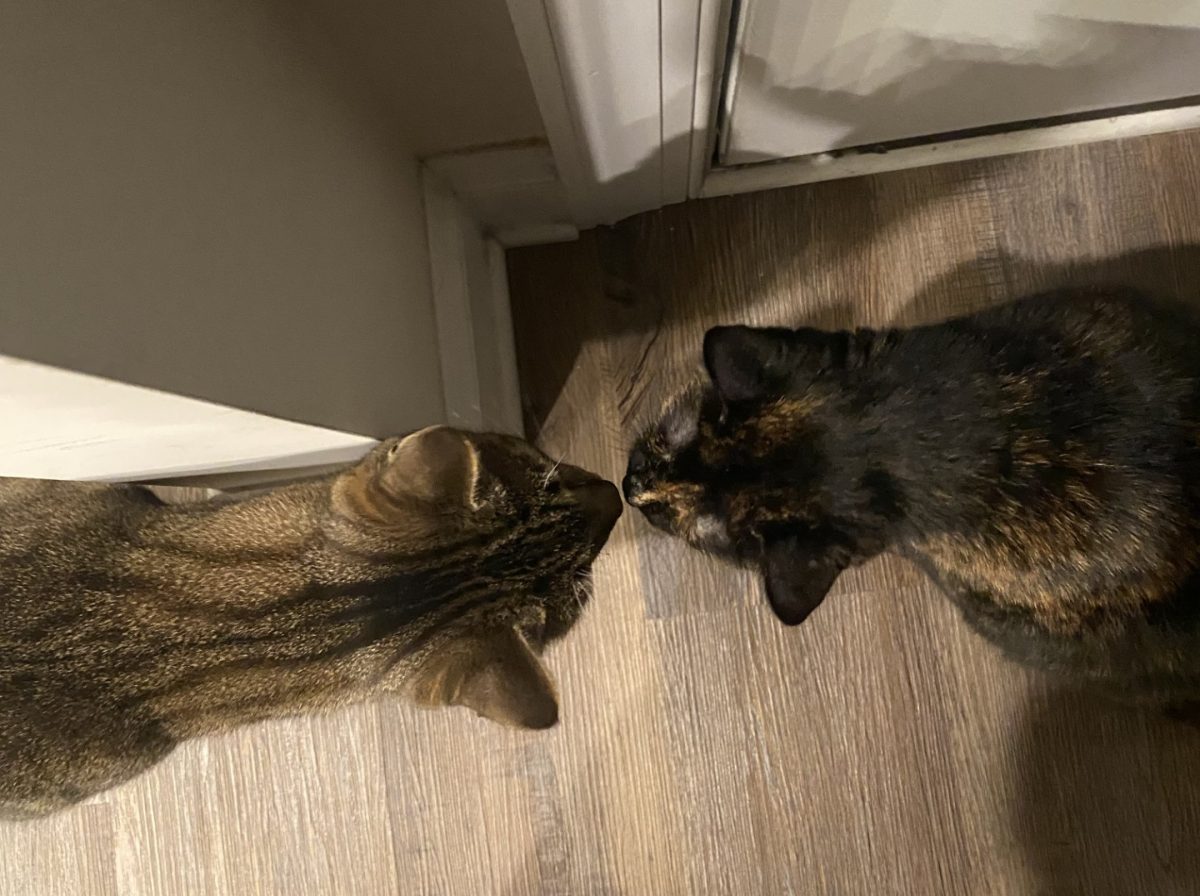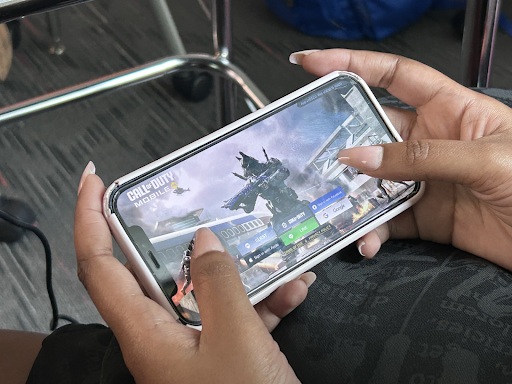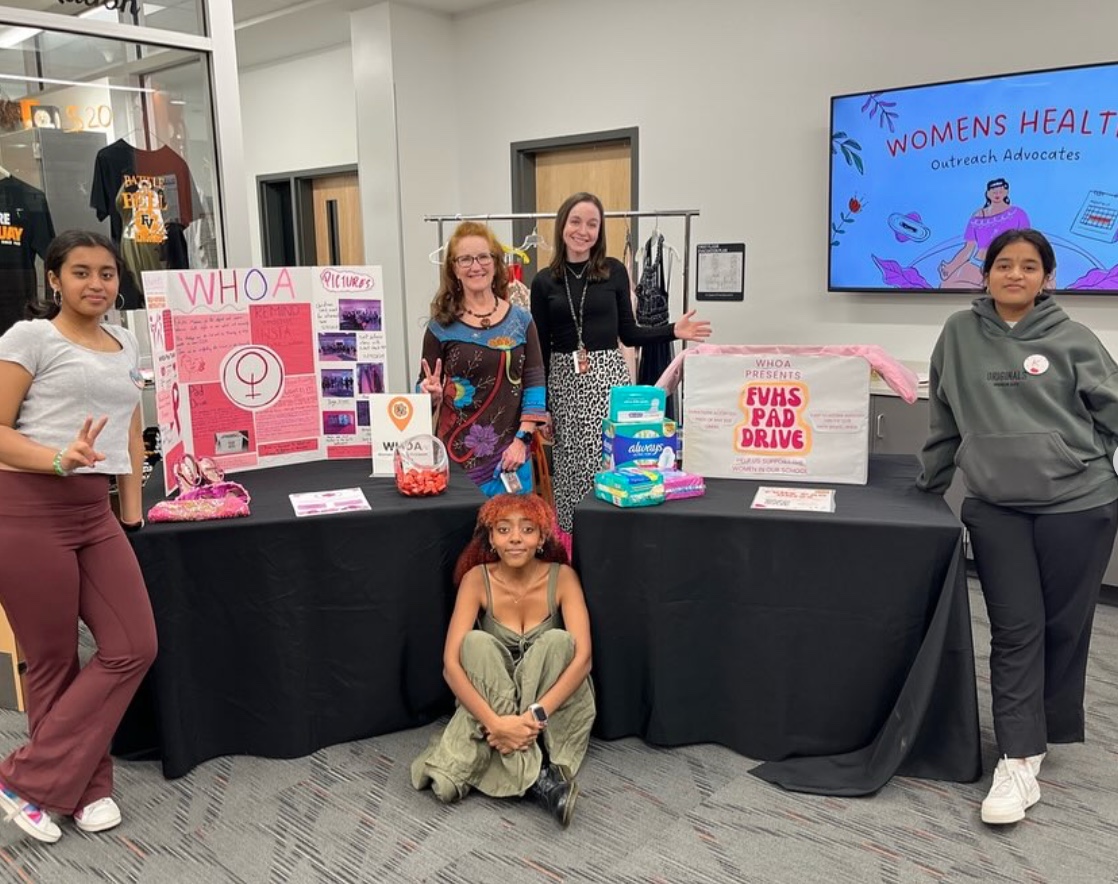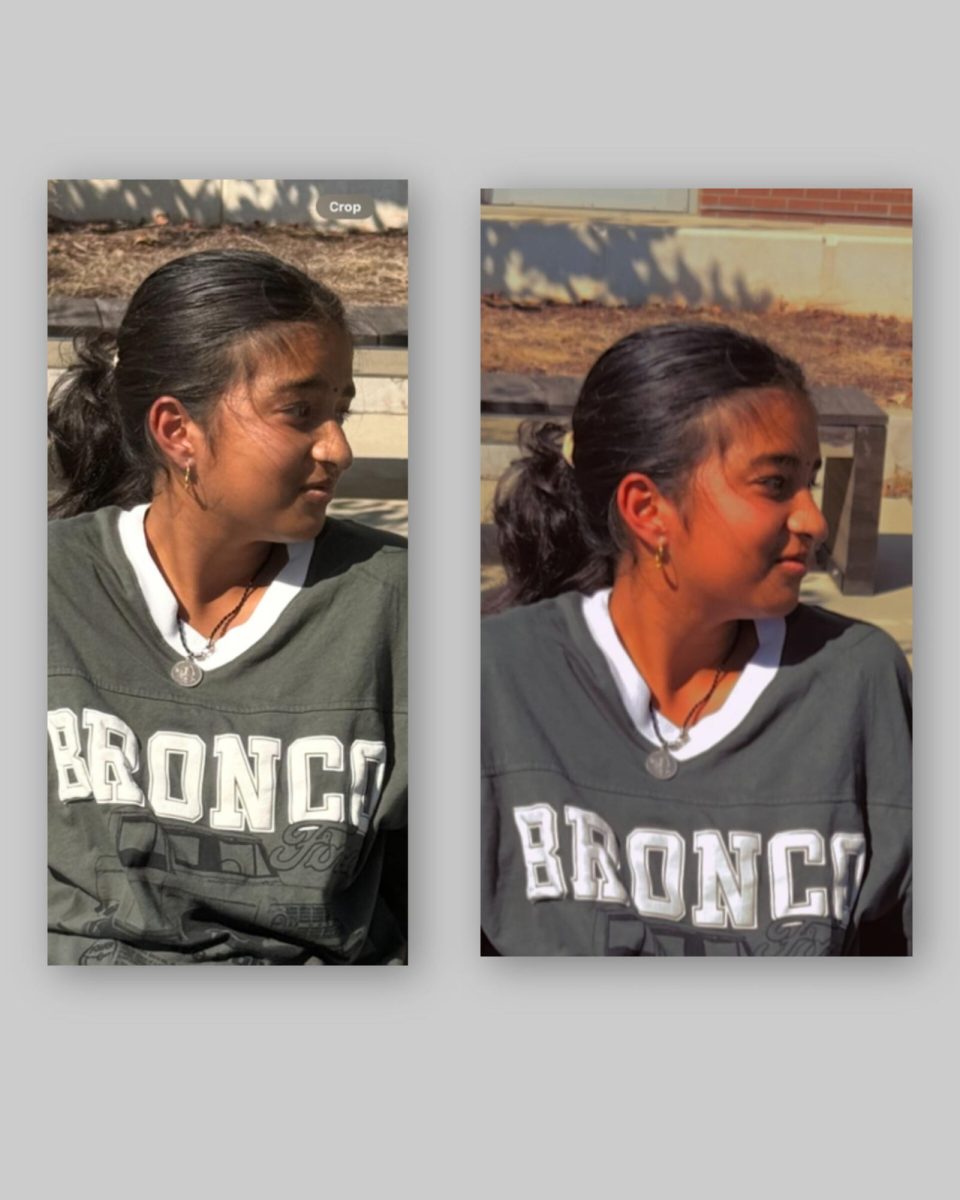Fashion has always been more than clothes. It has been a mirror of culture, a way to rebel, a tool of expression. Think of the neon-soaked energy of the 1980s, the grunge style of the 1990s or the loud maximalism of the early 2000s. Each decade carried a pulse that felt alive. But when we look at the trends of today, there’s a strange hollowness. Greys, neutrals and muted palettes dominate stores and social media feeds. Cuts and silhouettes feel recycled and uninspired. In short, many of today’s trends feel lifeless and grey.
The rise of minimalism, ‘quiet luxury’ and capsule wardrobes once offered a refreshing alternative to over-consumption. But somewhere along the way, this stripped-back approach turned into uniformity. Trend forecaster Lidewij Edelkoort put it bluntly in 2015, “It’s the end of the fashion and we know it.” Her warning was not just about aesthetics, it was about creativity itself being replaced by repetition. Instead of bold individuality, the rise of minimalism has led to sameness. Clothes no longer feel like statements, they feel like safe choices made to blend in.
The biggest reason new trends feel lifeless is that fashion always reflects the mood of the era. When times are uncertain, whether that be politically, economically or environmentally, people choose what feels safe. Beige and muted tones aren’t just a palette, they’re a cultural mood board.
Designer Virgil Abloh once noted, “Fashion is only one prong to communicate during the time that we’re living in.” In other words, fashion mirrors the anxieties and energies of the moment. If the world feels heavy and uncertain, it makes sense that our clothes echo this heaviness.
Beyond mainstream retail and algorithm approved aesthetics, there are still sparks of originality. Independent designers are experimenting with bold color, upcycled fabrics and silhouettes. Young creators on social media platforms are rejecting monotone minimalism and embracing chaotic, DIY styles. If mainstream trends feel lifeless, maybe that’s a signal to stop looking at the mainstream. The energy that once defined fashion isn’t gone, it’s just moved underground to smaller labels, thrift shops and communities that value authenticity over mass production.
Fashion doesn’t have to be grey. The industry may be stuck in a cycle of lifelessness, but individuals still have the power to wear boldness, color and creativity. Because in the end, fashion should not be a reflection of fear or monotony. It should be what it has always been as its best: rebellious, joyful and alive.

